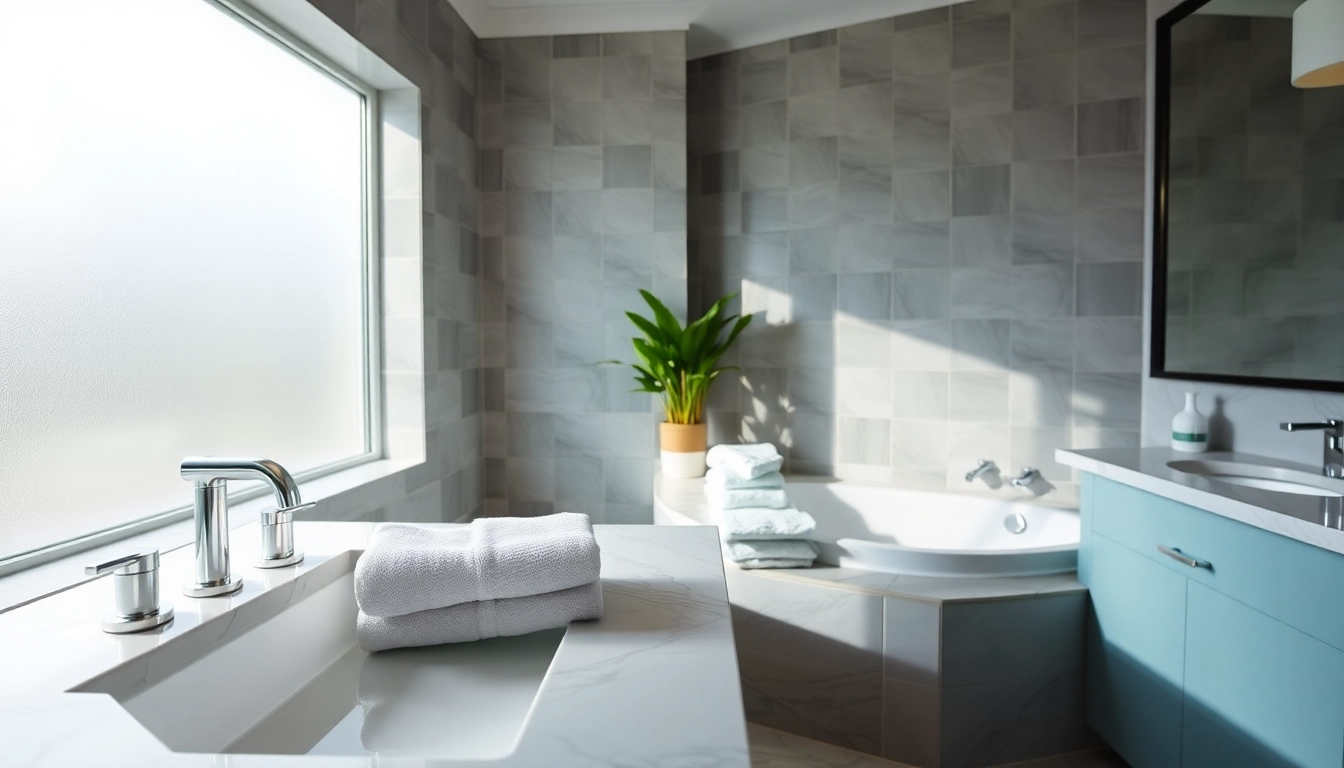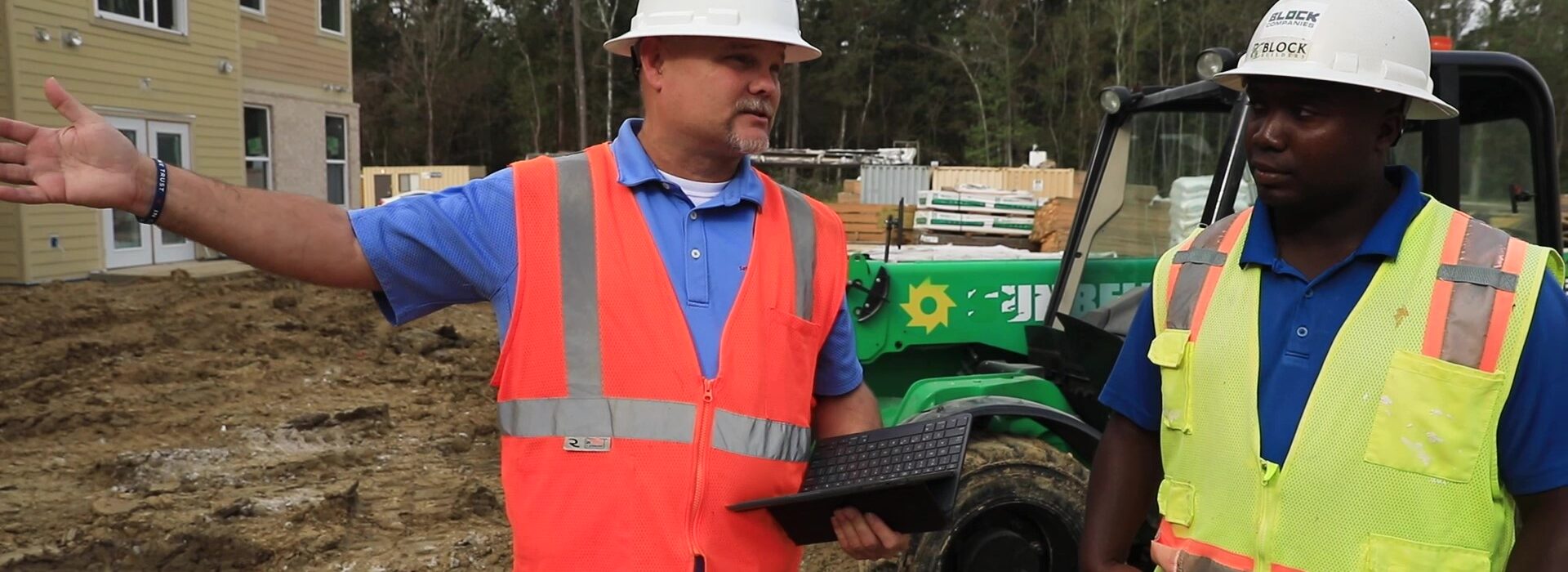Understanding Bathroom Remodeling
What is Bathroom Remodeling?
Bathroom remodeling is the process of renovating or upgrading the various elements of a bathroom space to enhance its functionality, aesthetic appeal, and energy efficiency. This can involve a wide range of updates, from simple cosmetic changes like new paint and fixtures to more extensive alterations that can include moving walls, changing plumbing configurations, or even adding new features such as double vanities or walk-in showers.
The Benefits of Bathroom Remodeling
Investing in a bathroom remodel can yield numerous benefits, not only improving personal comfort but also increasing the value of your home:
- Enhanced Comfort: Tailoring elements such as lighting, colors, and fixtures to your personal taste can create a relaxing sanctuary.
- Increased Home Value: An updated bathroom can significantly increase your home’s market value, making it more appealing to potential buyers.
- Improved Efficiency: Upgrading to energy-efficient fixtures can reduce water and energy bills, promoting sustainability while saving you money.
- Better Functionality: Adjustments like adding storage, reconfiguring layouts, or installing modern amenities can improve daily functionality and convenience.
Common Bathroom Remodeling Myths
There are several misconceptions surrounding bathroom remodeling that can deter homeowners from pursuing their renovation dreams:
- Myth 1: Remodeling is always too expensive. While costs can vary, there are options available for all budgets and extensive planning can help manage expenses.
- Myth 2: DIY can save the day. While DIY can be cost-effective for minor updates, complex projects may require professionals.
- Myth 3: Bigger is better. Sometimes, smaller, more efficient designs can maximize space and functionality more effectively than expansive upgrades.
Planning Your Bathroom Remodel
Setting a Realistic Budget
A crucial first step in any remodeling project is establishing a realistic budget. Determining the costs involved in materials, labor, and unexpected expenses can save you stress down the line:
- Define Priorities: Clearly outline what aspects of your bathroom are most important to your renovation, whether it’s aesthetics, functionality, or energy efficiency.
- Research Costs: Familiarize yourself with current prices for materials and labor. Websites like bathroom remodeling service providers can give insights.
- Establish a Contingency Fund: Budget an additional 10-15% for unexpected costs that require immediate attention.
Choosing the Right Design Style
When planning your remodel, selecting an appropriate design style is key to creating a cohesive look. Consider the following popular styles:
- Modern: Features sleek lines and minimal decor focusing on function and simplicity.
- Traditional: Emphasizes classic fixtures and décor, often with ornate detailing and rich colors.
- Farmhouse: Combines rustic charm with modern amenities, employing natural materials and muted color palettes.
- Contemporary: A fluid mix that evolves with current trends, typically highlighting bold colors and textures.
Hiring Professionals vs. DIY
Deciding whether to tackle the remodel yourself or hire professionals requires consideration of your skills, time, and budget. Here’s a comparison:
| Aspect | DIY | Hiring Professionals |
|---|---|---|
| Cost | Potentially lower, depending on skill level | Higher, but includes professional expertise and labor |
| Time | Time-consuming, especially for beginners | Can potentially be quicker due to experience |
| Quality | Dependent on personal skill level | Generally higher due to professional tools and experience |
Essential Elements of a Bathroom Remodel
Flow and Space Optimization
Optimizing the flow and space in your bathroom is crucial to enhancing functionality:
- Consider Traffic Patterns: Ensure there’s enough room for doors and cabinets to open freely without obstructing pathways.
- Implement Smart Storage: Take advantage of vertical space with shelving or cabinet systems to reduce clutter.
- 180-Degree Rule: Position key elements within a 180-degree plane for effective movement throughout the space.
Choosing Quality Materials
Choosing materials that blend durability with aesthetics is critical in bathroom remodeling:
- Water-Resistant Materials: Opt for tiles, cabinetry, and countertops that withstand moisture.
- Durable Fixtures: Invest in high-quality plumbing fixtures like faucets and shower heads to avoid early malfunctions.
- Eco-Friendly Options: Consider sustainable materials such as recycled glass tiles or low-VOC paints to promote health and environmental consciousness.
Energy Efficient Fixtures
Integrating energy-efficient fixtures can maximize savings while reducing environmental impact. Consider:
- Low-Flow Faucets and Showers: These reduce water usage without sacrificing pressure.
- LED Lighting: Energy-efficient and long-lasting, LED lights decrease energy consumption.
- Smart Thermostats: Programmable fixtures can help manage energy efficiently.
Inspiring Bathroom Remodeling Ideas
Modern vs. Traditional Designs
Aligning your design with personal preference is essential. Here’s a comparison:
- Modern Design: Emphasizes function and minimalism, using clean lines and neutral colors.
- Traditional Design: Features rich embellishments and textures, creating a cozy, inviting atmosphere.
Innovative Storage Solutions
In a space often constrained by size, innovative storage is essential:
- Under-Sink Cabinets: Use curved or custom cabinets that incorporate storage solutions.
- Floating Shelves: These add style while maximizing wall space.
- Built-In Niches: Great for both aesthetics and functionality, such as recessed nooks for toiletries.
Color Palettes to Transform Your Space
Color can dramatically influence the ambiance of your bathroom. Consider these palettes:
- Soft Neutrals: Create tranquility with whites, beiges, and grays.
- Bold Statements: Accentuate with deep blues or vibrant greens for a dramatic flair.
- Natural Earth Tones: Greens, browns, and tans can create an organic feel, harmonizing with natural elements.
Executing the Remodeling Process
Step-by-Step Guide to Bathroom Remodeling
Executing a bathroom remodel can be straightforward if broken down into manageable steps:
- Planning: Define your goals, budget, and timeline.
- Designing: Create a layout for efficient space usage.
- Permits: Obtain any necessary permits before beginning construction.
- Demolition: Safely remove old materials and fixtures.
- Construction: Start with plumbing if moving fixtures, followed by framing and installation of fixtures.
- Final Touches: Complete painting, tiling, and install fittings and fixtures.
Common Challenges and How to Overcome Them
During a remodel, challenges may arise. Here are some common issues and solutions:
- Unexpected Costs: Regularly update your budget to reflect new expenses and prioritize essential upgrades.
- Incorrect Measurements: Double-check all measurements before purchasing materials to ensure a good fit.
- Delays: Build a buffer period into your timeline to account for potential delays.
Measuring Success: Post-Renovation Evaluations
After completing a bathroom remodel, it’s essential to evaluate effectiveness:
- Functional Assessment: Analyze whether the bathroom meets your expectations in usability and comfort.
- Client Satisfaction: If remodeling for resale, assess feedback from potential buyers.
- Value Evaluation: Consider appraising the home to ensure increased marketability.



